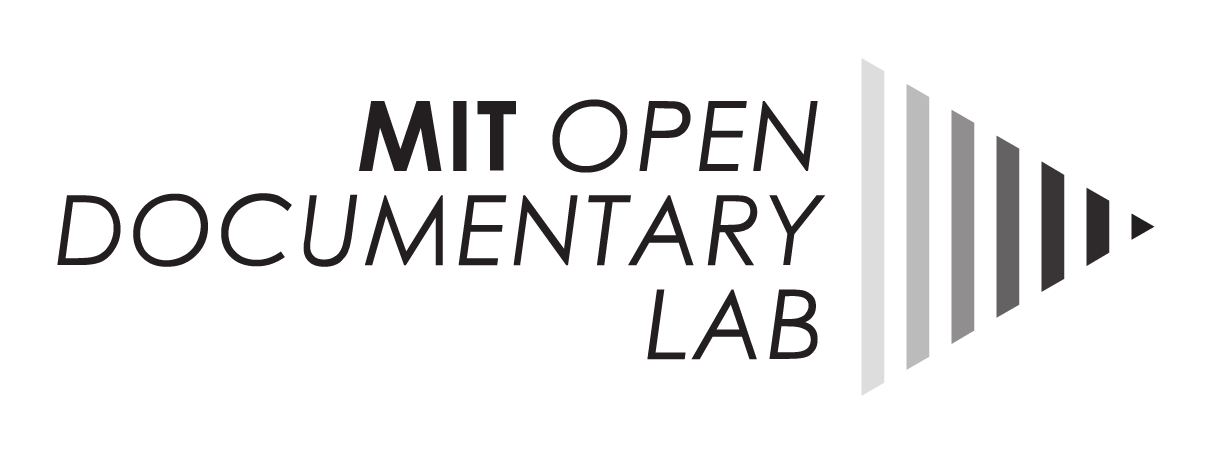
18 Sep COME/IN/DOC | Interactivity Definition [Part 3]
SEASON 2 – EPISODE 1 – PART 3: ‘INTERACTIVITY DEFINITION’
Here you can access the third part of the first episode (season 2):
[vimeo width=”580″ height=”330″]https://vimeo.com/176826831[/vimeo]
SELECTION OF KEY IDEAS (DIRECTOR’S CONTRIBUTION)
Susanna Lotz (id w): There are so many ways of interacting…, interaction is really a key word.
Samuel Bollendorf (Le Grand Incendie): For me it is the bridge between the image and the sound, and in the middle the imagination of the public makes the difference. It’s a huge question…
Jesse Shapins (Zeega): I believe it is when somebody who is participating in the media experience has the option to make a choice of their own, whatever that choice may be. To me, navigation and interaction are the same, I cannot distinguish between them.
Jacobo Sucari (Universitat de Barcelona): There is a change from the spectator towards a new user who can combine different kinds and ways of approaching the work.
Judith Aston (i-docs): The reception theory tells us that we all interact with the entire world. In terms of interactive documentary, we have a Human Computer Interaction which could be a mouse, GPS, keyboard, installation, etc., there’s always an interface. We can quote Lev Manovich here and the concept of cultural interfaces.
Hugues Sweeney (National Film Board of Canada): The public is actively engaged in the experience. The user is part of the experience, so you have to take into account the point of view of the user.
Caspar Sonnen (IDFA Doclab): Interactivity is breaking the wall, making me as a viewer less passive and more active. Cinema and theatre are different forms of interaction. With interactive media it’s different: the joy of the story that is being told, the joy of interaction is that it is playful, exploratory, so these are opposing forces. Interactivity and participation should be differentiated as well: paths created by the author rather than a contribution being made to the project. They can be combined but they are different things.
Brian Winston (University of Lincoln): Narrative is fixed and closed and interactive narrative is open. We should consider interactivity based on the model of the computer.
Ingrid Kopp (Tribeca Film Institute): If your audience is not doing something it is not actually interactive.
Seth Keen (RMIT University): For me it’s around the concept of documentary design, its more about moving to the design of the user interface and the user experience and inviting the user to participate and potentially collaborate in the story.
Sharon Daniel (University California Santa Cruz): It means being able to make choices and not knowing where these choices will lead you. The idea of the database is very interesting: a territory that I populate with the content I produce. Then I drop the user down into the middle of this territory and let them find their way out. This is my idea of interactivity.
Add your contribution here: http://comeindoc.com/contribute/
Website: http://comeindoc.com
Dr. Arnau Gifreu
COME/IN/DOC Director
Research affiliate
agifreu@mit.edu



